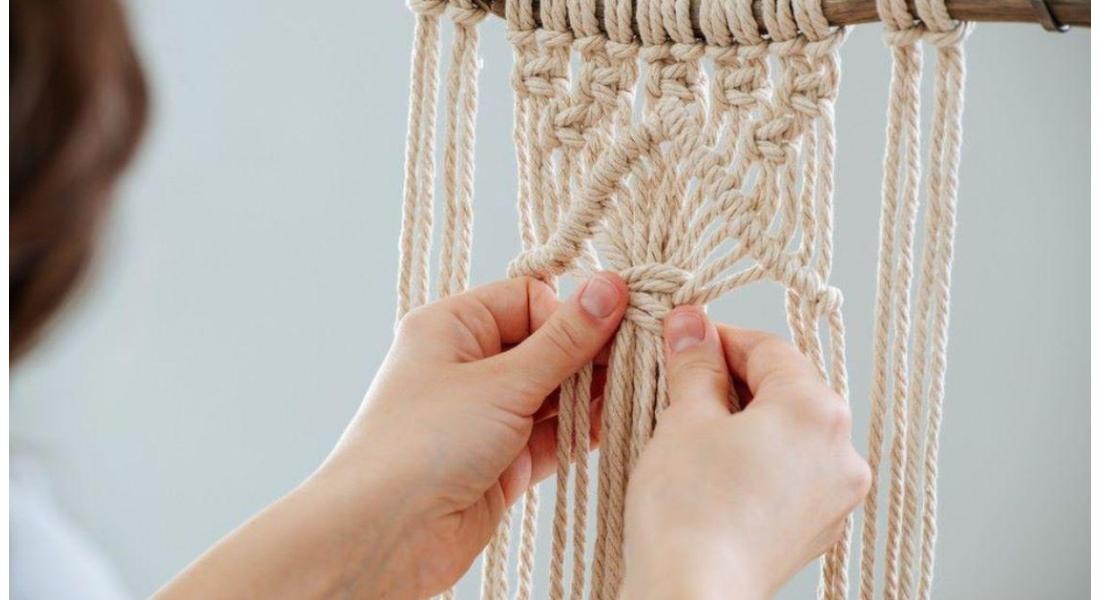Tracing the Threads of History: The Evolution of Macramé
Macramé, the art of knotting cords or ropes to create decorative items, has a rich history that spans centuries and continents.
The origins of macramé can be traced back to ancient civilizations such as Egypt and China, where it was used to create functional items like belts and straps. But it wasn't until the 13th century that macramé really took off as a decorative art form.
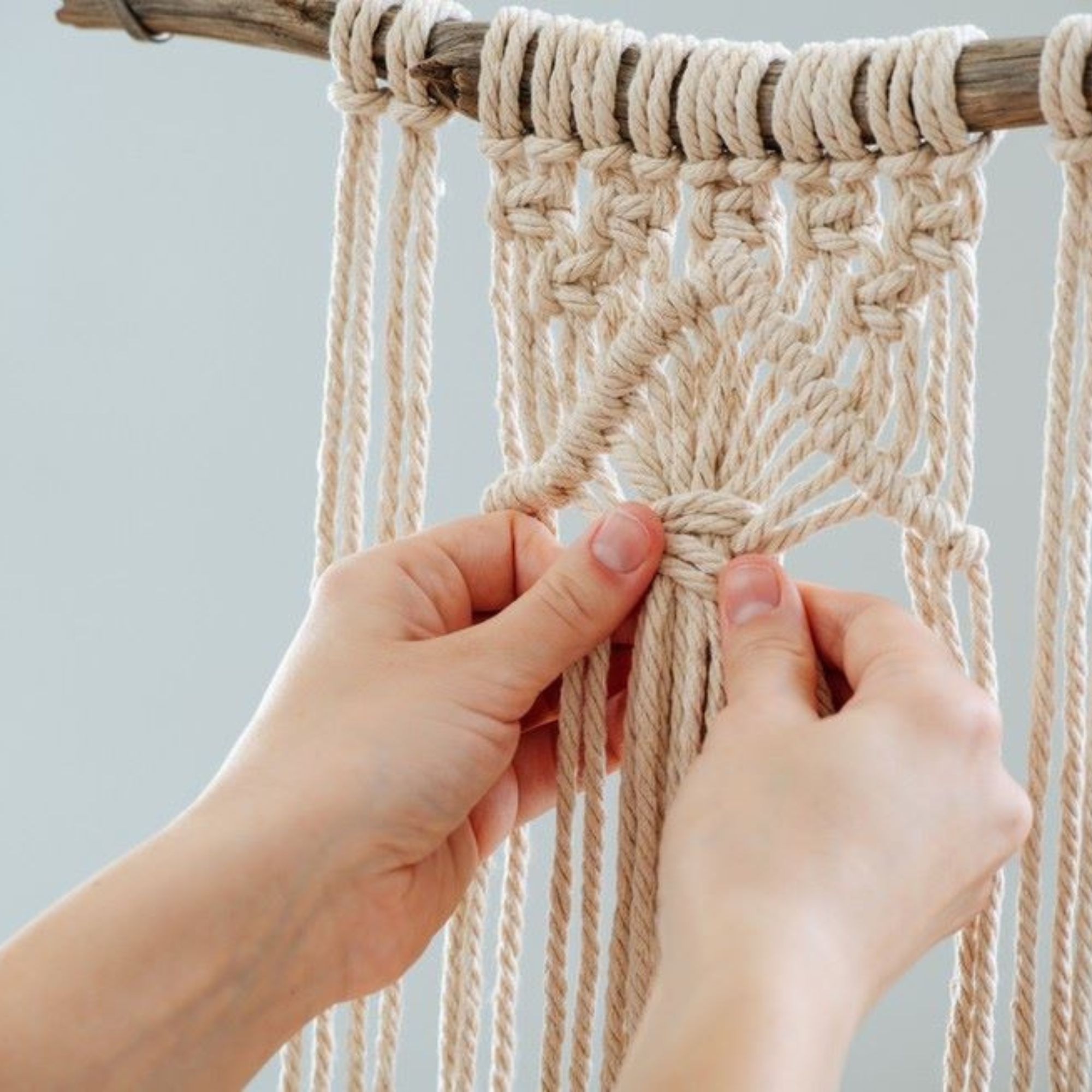

During the Moorish invasion of Spain, the Moors brought with them intricate knotting techniques that they had learned in Arabia. These techniques quickly spread throughout Europe, and by the 14th century, macramé was all the rage among European nobility.
During the Renaissance, macramé was used to create beautiful and ornate pieces for churches and cathedrals. It was also used to decorate clothing and accessories, such as belts and sashes.
But it wasn't just Europe that was embracing macramé. In the 16th century, sailors from Portugal and Spain introduced macramé to the Americas, where it was used to create functional items like hammocks and fishing nets.
Fast forward to the 19th century, and macramé was still going strong. Victorian ladies were all about the art of macramé, using it to create delicate and intricate pieces for their homes. They would often gather with friends to knot and chat, giving birth to the term "macramé parties."
The rise of industrialization and mass production in the 20th century saw a decline in macramé's popularity. But in the 1970s, macramé made a comeback, becoming a popular pastime among hippies and craft enthusiasts.
Today, macramé is making a comeback once again and is being used in various forms of modern art and fashion. From wall hangings to plant holders, jewelry to clothing and even furniture the possibilities are endless.
Overall, macramé has come a long way from its origins as a functional art form. It has evolved and adapted throughout history, and continues to be enjoyed and appreciated by people all over the world. So, next time you come across a piece of macramé, remember the rich history and cultural influences that went into its creation.
At Hoooked we have three great yarns for macramé:
1. Cordino
Cordino is a 100% recycled fabric yarn, of which 80% is cotton and 20% other recycled fibers. This cord yarn is perfect for macramé because of its structure and thickness. Cordino is 3 mm wide and available in a range of 32 colours. No dyeing or other additives are applied when creating it as it is made of coloured textile fabric blending.
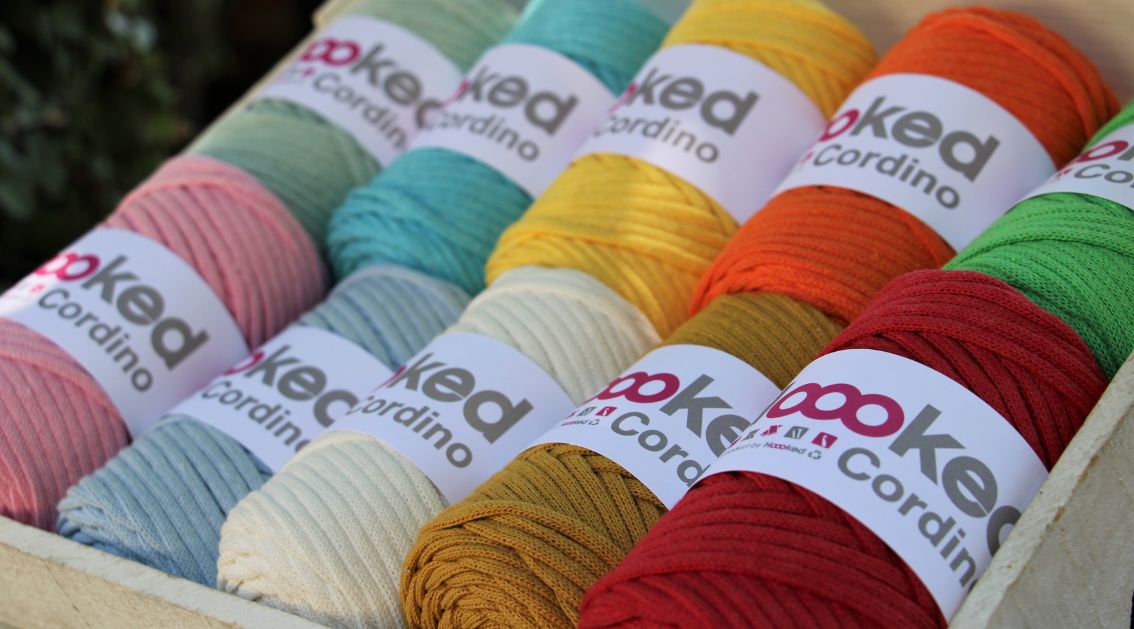

2. Spesso
Spesso Chunky Cotton is a super chunky eco-friendly recycled cotton yarn consisting of 24 twisting threads with a width of 5 mm. Now, with 23 colours and two length bobbins, this thick, luscious and super soft yarn is fantastic for macramé decor! The 200gr bobbin size is perfect for smaller projects or details, reducing the leftovers and allowing you to vary colours. With Spesso you can make crafty macramé creations with the lowest environmental impact and the highest ecological appeal!
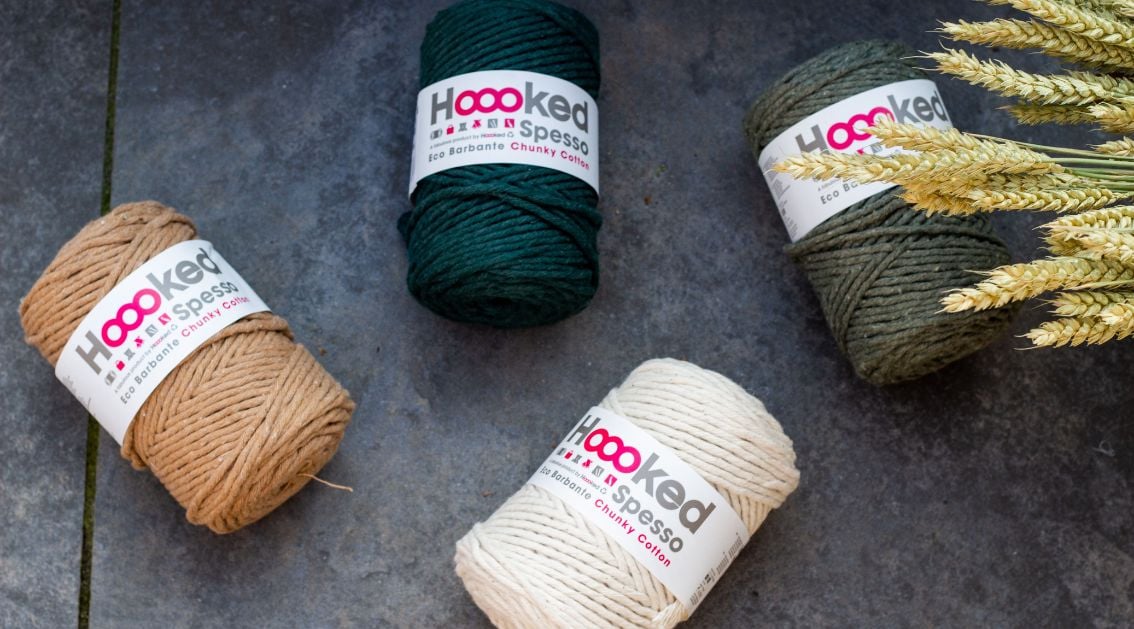

3. Jute Amazónia
Jute Amazónia is a plant-based textile fiber in the jumbo category, due to its 5mm thickness. Jute was introduced in Brazil by the Japanese and it plays an important role in the settlement and economic activity of the native riverside communities ‘Os Ribeirinhos’ in the Amazon region. Our 100% natural Jute collection is available in a range of seven toxic-free colours and offers a wide range of crafty possibilities for indoor and outdoor crochet and macramé projects.
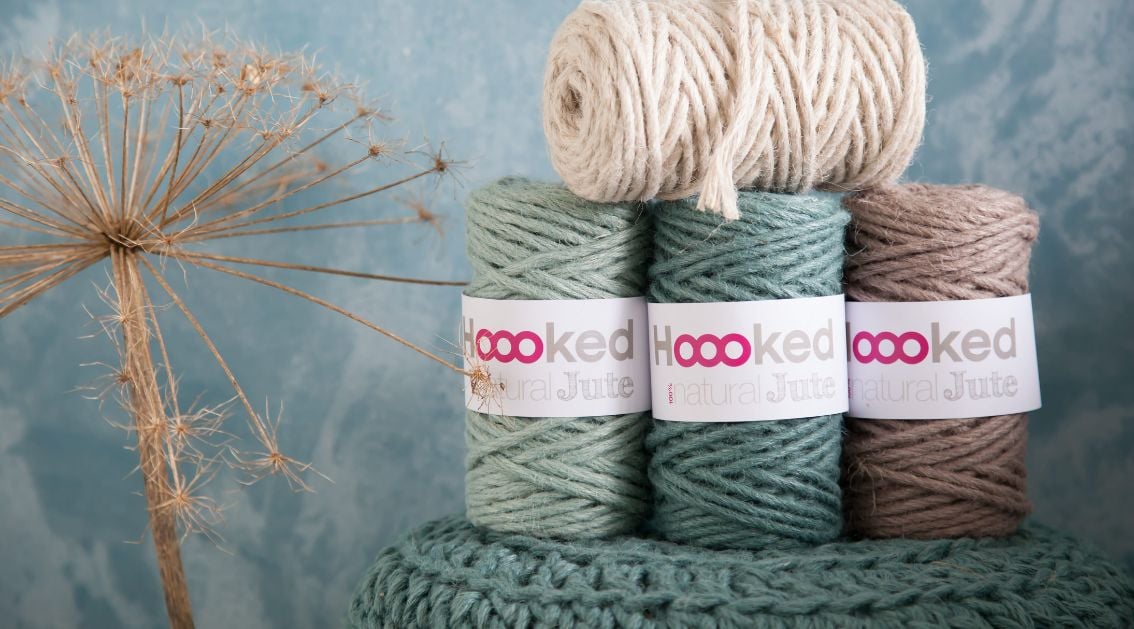

You can go to our Learn to Macramé Page and start exploring knots with one of our DIY Macramé Kit. To star we suggest one of our beginners’ projects here:
https://www.hoookedyarn.com/en/knitting-and-crochet-kits/macrame-kits/home-decor/beginner
 USA & Canada: Shipping costs depend on item weight and location
USA & Canada: Shipping costs depend on item weight and location Great customer care
Great customer care BLOG
BLOG
